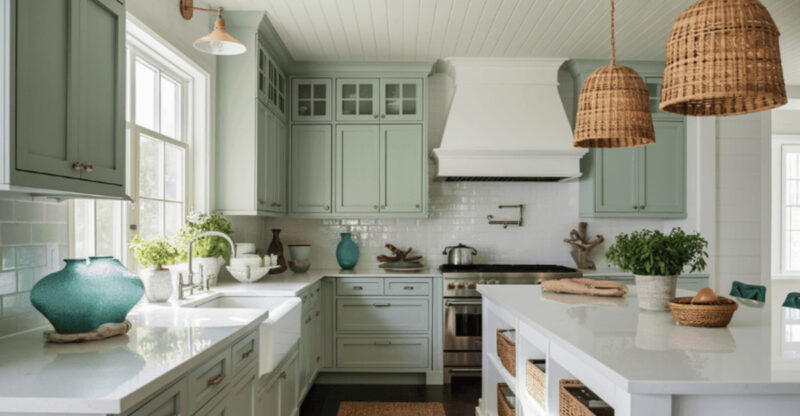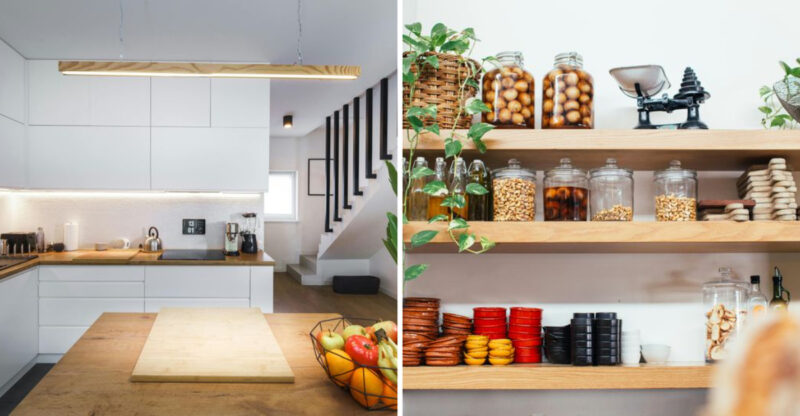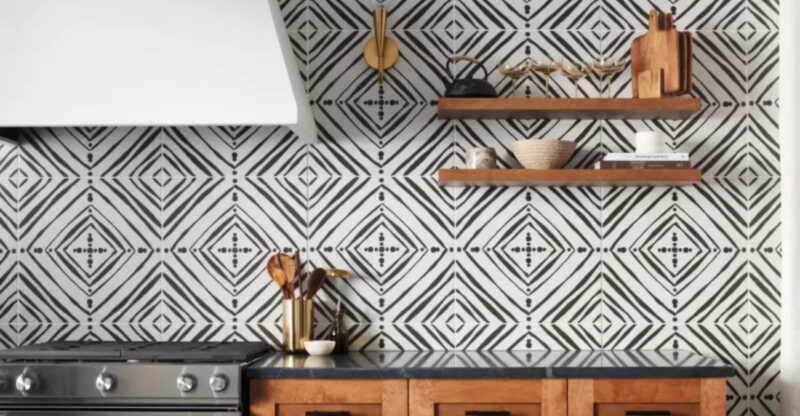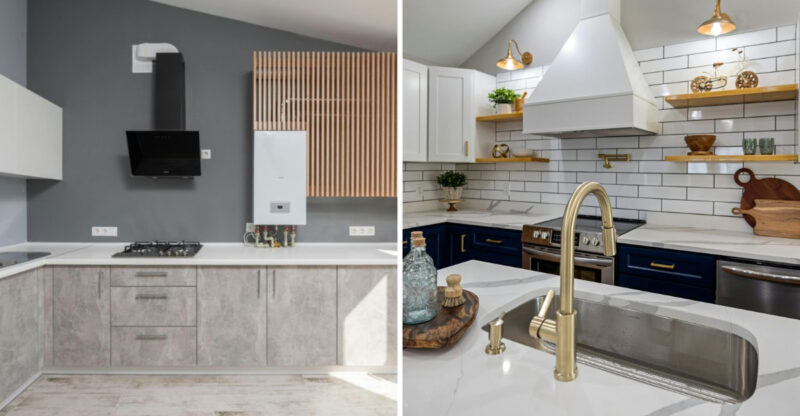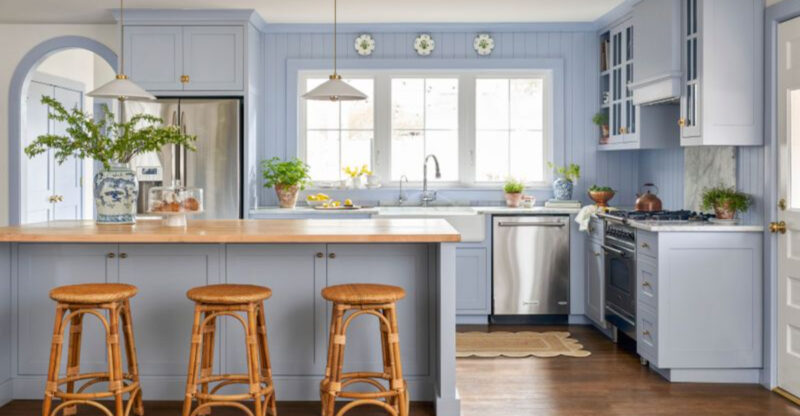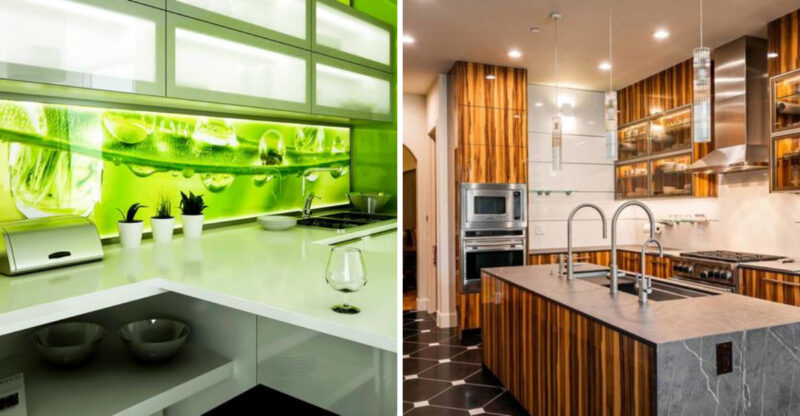Gray Fatigue And Other Decor Crimes: Designers On The 20 Styles We All Regret
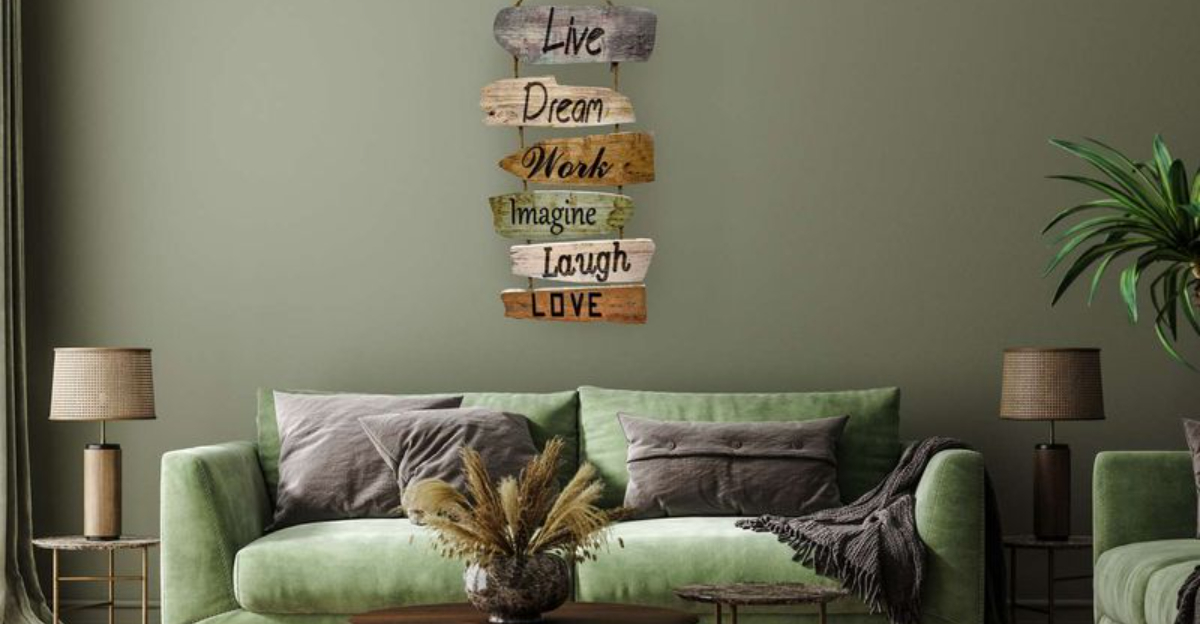
Ever stepped into a room and felt your soul recoil at the sight of dated decor? You’re not imagining it – some design trends haunt us long after their supposed heyday, lingering like bad wallpaper we can’t peel off fast enough.
While styles may cycle in and out of fashion, certain looks have earned near-universal scorn from designers who’ve seen it all. Curious which trends make the pros shudder? I went straight to the experts to reveal the decor choices that each generation wishes would stay buried in the past.
1. Shag Carpeting Overload
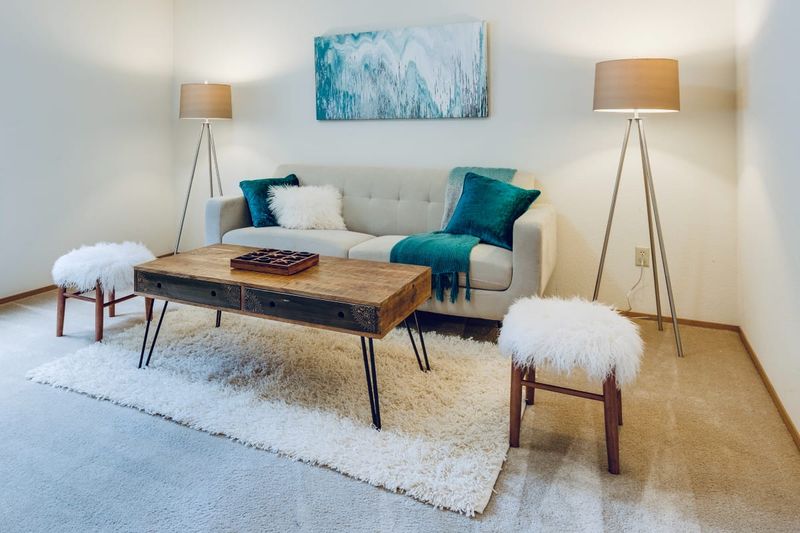
Remember walking barefoot through those inch-thick floor forests? The 1970s obsession trapped everything from dust to small toys.
Shag carpeting became the ultimate dust collector, impossible to clean properly. Designers now recall clients discovering decade-old debris when finally ripping out these fuzzy floor coverings.
2. Avocado Green Appliances
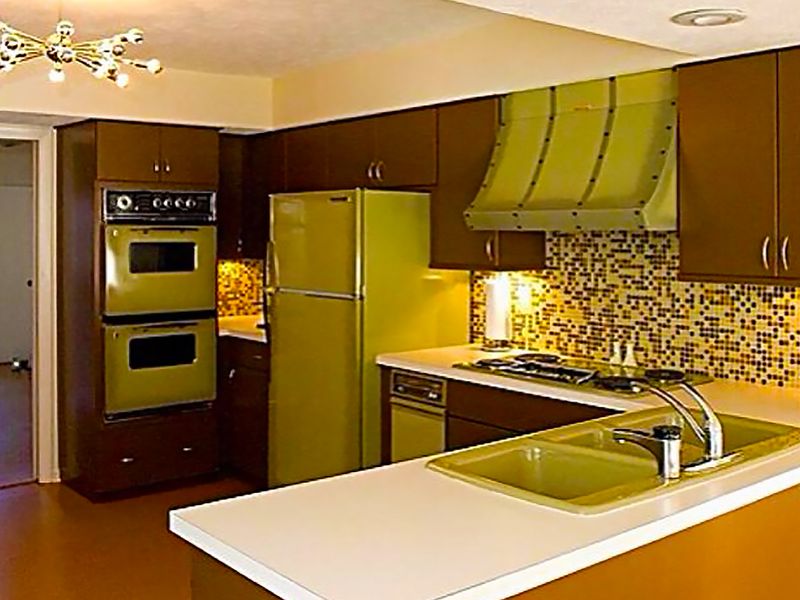
Kitchens across America once surrendered to the avocado invasion. Those murky green refrigerators, stoves and dishwashers dominated homes for nearly a decade.
Paired with harvest gold or burnt orange, this color scheme created what designers now call “kitchen nightmares.” The shade wasn’t even appetizing – more like overripe fruit than fresh produce.
3. Popcorn Ceilings
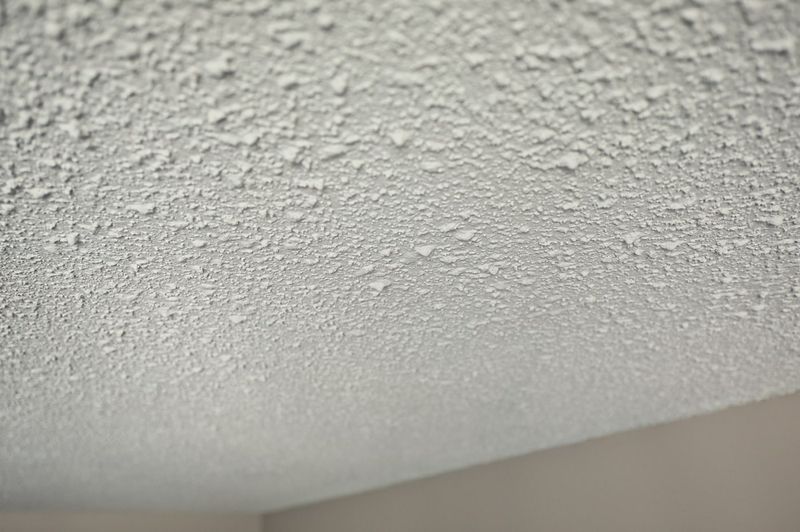
Textured nightmares loom overhead in countless older homes. The bumpy, spray-on coating supposedly dampened noise but mostly collected cobwebs and dust.
What’s worse? Many popcorn ceilings installed before the 1980s contained asbestos. Removal requires professionals in hazmat suits. Designers regularly hear horror stories about DIY removal attempts gone terribly wrong.
4. Mirrored Walls
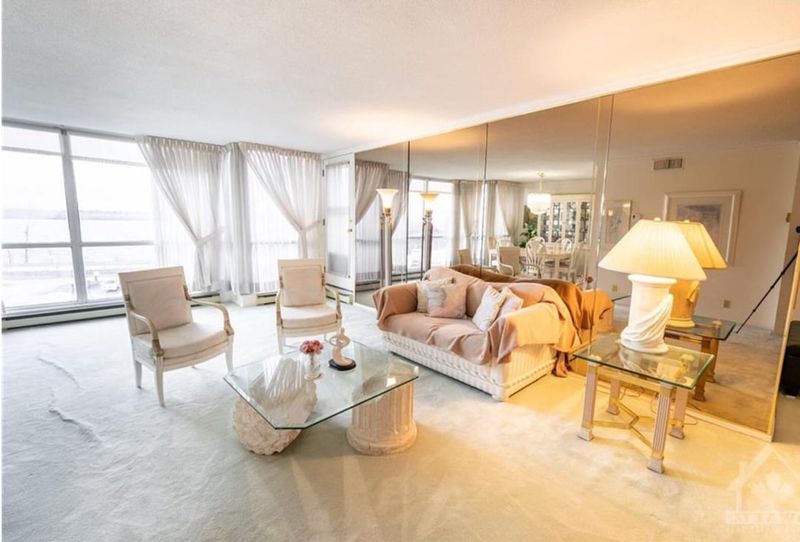
Disco-era homes transformed into funhouse mazes with floor-to-ceiling reflective surfaces. The intention? Make spaces appear larger.
Mirrored walls created disorienting spaces that multiplied every design flaw infinitely. Cleaning them was a nightmare of fingerprints and smudges. Most designers report clients begging for removal options during initial consultations.
5. Country Kitsch Decor
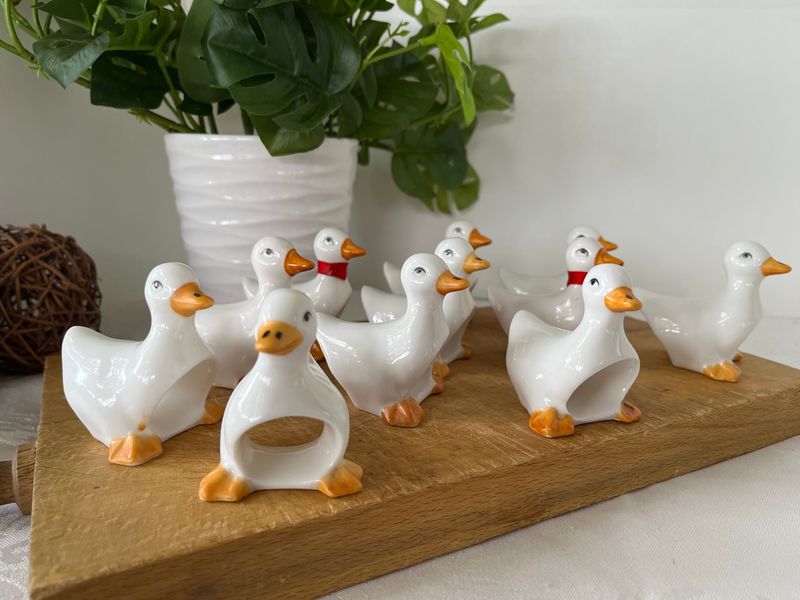
Farmyard animals invaded suburban homes in the 1980s and 1990s. Wooden geese with blue ribbons, heart-shaped cutouts, and gingham patterns multiplied like rabbits.
Country kitsch overwhelmed spaces with its cutesy, artificial charm. Designers recall walls adorned with decorative plates featuring chickens and endless apple-themed accessories. The style quickly transformed from quaint to cluttered.
6. Glass Block Walls
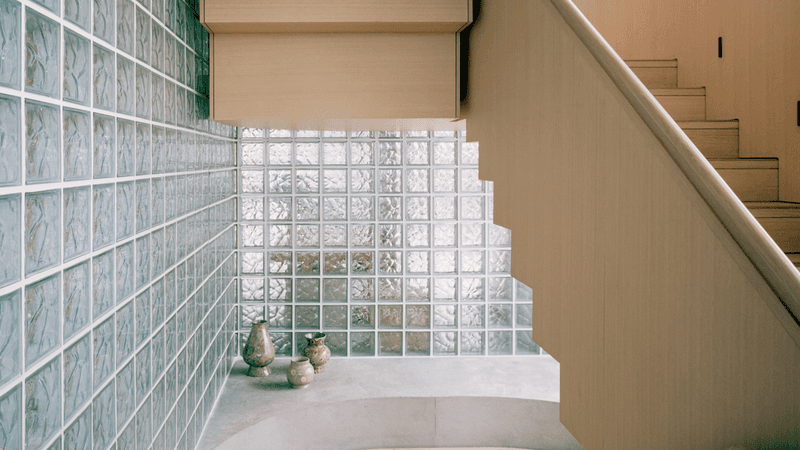
Translucent barriers once signified modernity in bathrooms and entryways. The chunky squares let light through while maintaining privacy.
Glass blocks created spaces that felt like swimming pool changing rooms. Their institutional feel clashed with residential comfort. Designers note they’re among the first features homeowners request to demolish during renovations.
7. Sponge-Painted Walls
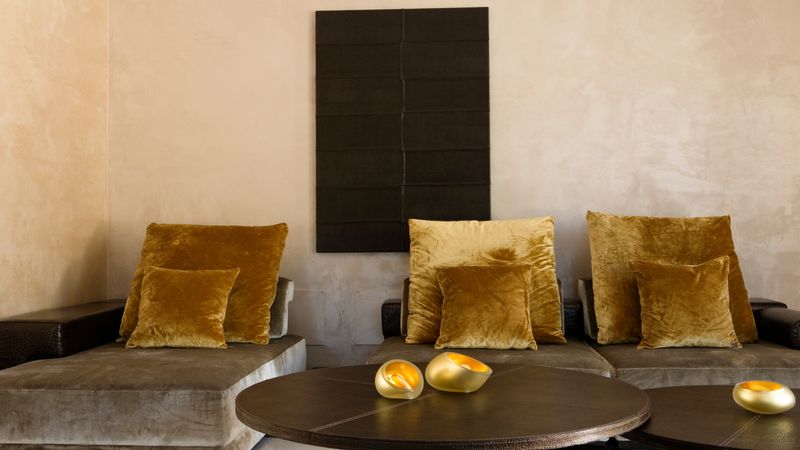
DIY enthusiasts armed with sea sponges created mottled monstrosities throughout the 1990s. Typically featuring three clashing colors, these textured walls were supposed to evoke Mediterranean villas.
The technique required skill most homeowners lacked. Sponge painting resulted in walls resembling skin conditions rather than Italian plaster. Designers say covering these patterns often requires multiple primer coats.
8. Oak Cabinets With Heavy Grain
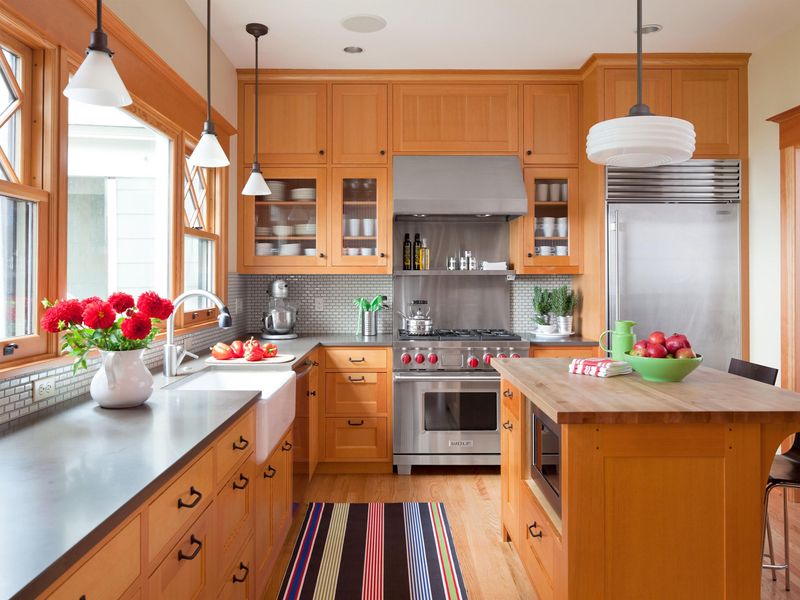
Honey-colored wood dominated kitchens from the 1980s through early 2000s. The orangey finish and pronounced grain patterns screamed suburban builder-grade.
These cabinets were practically indestructible, which became their curse. Oak installations with cathedral arches and visible grain refused to deteriorate, forcing generations to live with dated kitchens. Designers report clients still struggling to afford replacements.
9. Excessive Gray Interiors
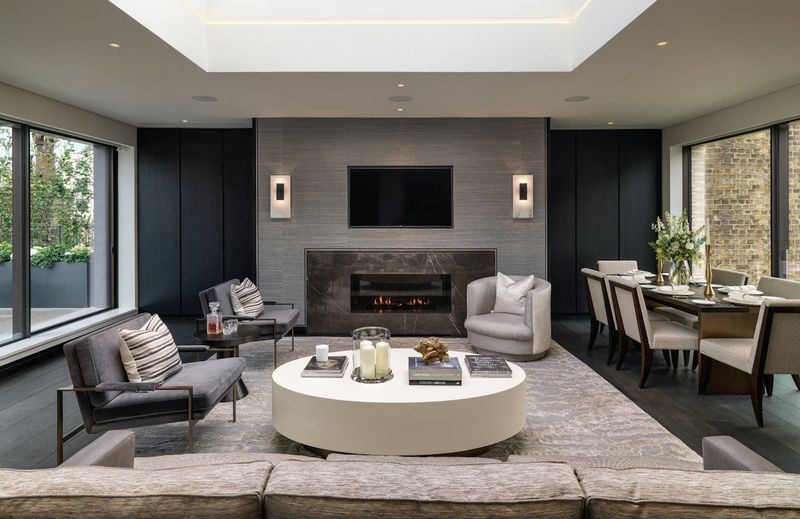
The 2010s brought the gray epidemic – walls, floors, furniture, and accessories in endless shades of cement. What began as a sophisticated neutral became a cold, clinical obsession.
Rooms felt like unfinished construction sites. The monochrome palette drained spaces of personality and warmth. Designers report clients now specifically requesting “anything but gray” during initial consultations.
10. Overdone Industrial Chic
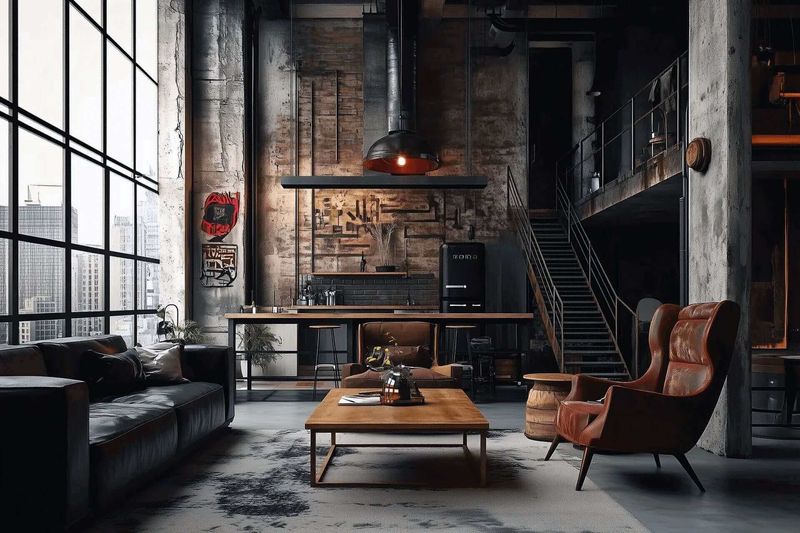
Exposed pipes, Edison bulbs, and reclaimed wood turned homes into factory simulacra. The warehouse aesthetic jumped from Brooklyn lofts to suburban developments almost overnight.
Industrial style became a parody of itself. Fake distressed finishes and mass-produced “vintage” fixtures created inauthentic spaces. Designers cringe at the memory of clients requesting metal stools in kitchens where no one could sit comfortably.
11. Word Art And Wall Decals
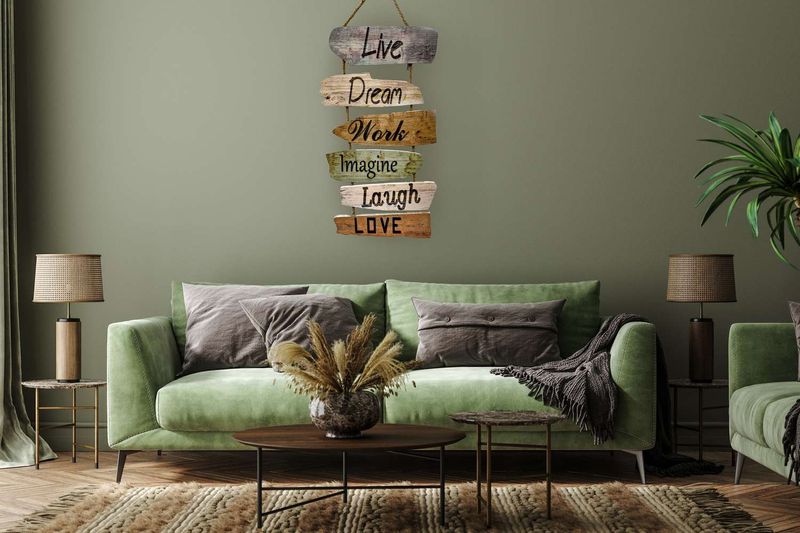
Phrases like “Live Laugh Love” and “Home Is Where The Heart Is” colonized walls nationwide. These vinyl declarations became shorthand for generic decorating.
Word art replaced personal expression with mass-produced sentiments. The typography was often poorly executed, with mismatched fonts and awkward spacing. Designers report spending countless hours talking clients out of covering their homes in motivational quotes.
12. Vessel Sinks In Bathrooms
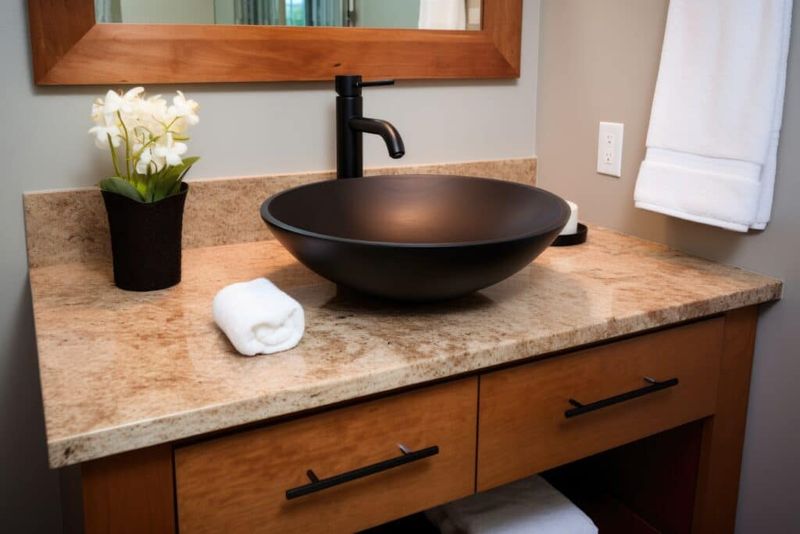
Bowl-shaped basins perched atop counters like decorative objects rather than functional fixtures. These elevated sinks splashed water everywhere while being difficult to use.
The impractical design created cleaning nightmares in the crevices around the base. Children couldn’t reach them, and washing faces became an exercise in frustration. Designers note they’re among the first items targeted during bathroom renovations.
13. Fast Furniture And Disposable Decor
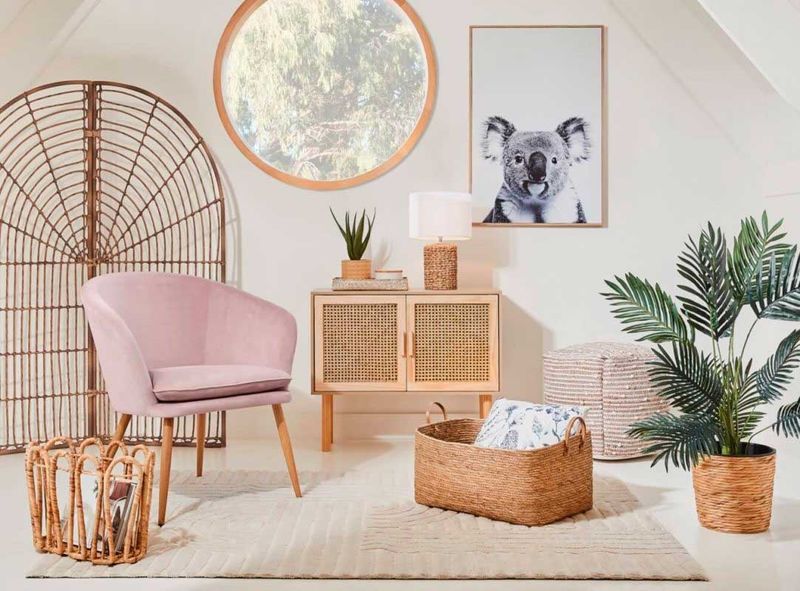
Cheaply made pieces designed for immediate gratification flooded homes in the 2000s. Particle board covered in plastic veneer created the illusion of style without substance.
These disposable items warped, chipped, and collapsed within months. Environmental concerns multiplied as landfills filled with discarded furniture. Designers lament how this trend devalued craftsmanship and created a throwaway mentality.
14. Ultra-Minimalist White Rooms
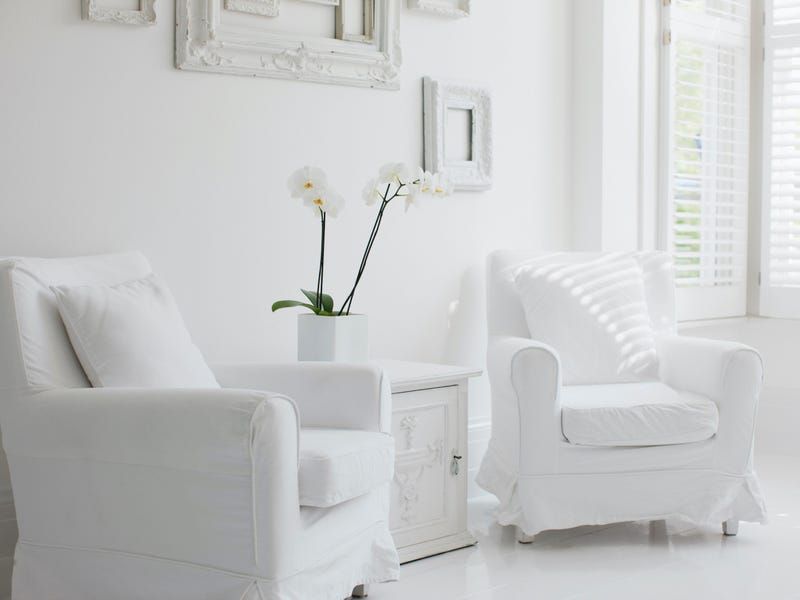
Clinical spaces devoid of color or personality became aspirational in the 2010s. These stark white interiors resembled art galleries rather than livable homes.
Maintaining pristine white surfaces proved impossible for normal living. Fingerprints, scuffs, and everyday mess immediately destroyed the aesthetic. Designers recall clients abandoning this style after just weeks of attempting to maintain museum-like conditions.
15. Farmhouse Overload
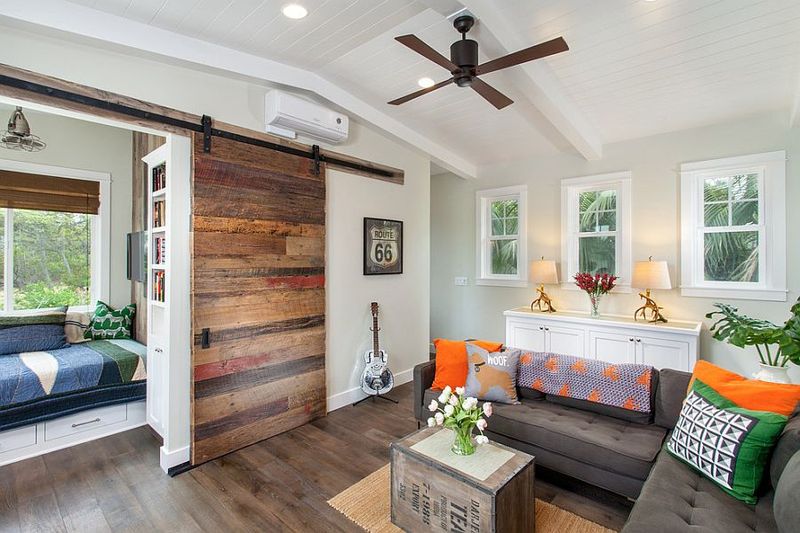
Barn doors on bathroom entrances and distressed “Farmhouse” signs adorned suburban homes far from any actual farms. The style exploded after certain home renovation shows popularized the rustic-chic aesthetic.
Sliding barn doors provided zero sound privacy while taking up excessive wall space. Fake distressing techniques created artificially aged finishes that fooled no one. Designers watch this trend finally fading after nearly a decade of dominance.
16. Open Shelving Everywhere

Cabinets disappeared as influencers showcased perfectly styled shelves. The reality? Constant dusting and visual clutter that drove homeowners crazy.
Open kitchen shelving exposed mismatched dishes and packaging to constant view. Everyday items required styling worthy of magazine photoshoots. Designers report a significant uptick in clients requesting cabinet doors to hide their perfectly normal kitchen contents.
17. Faux Finishes Gone Wrong
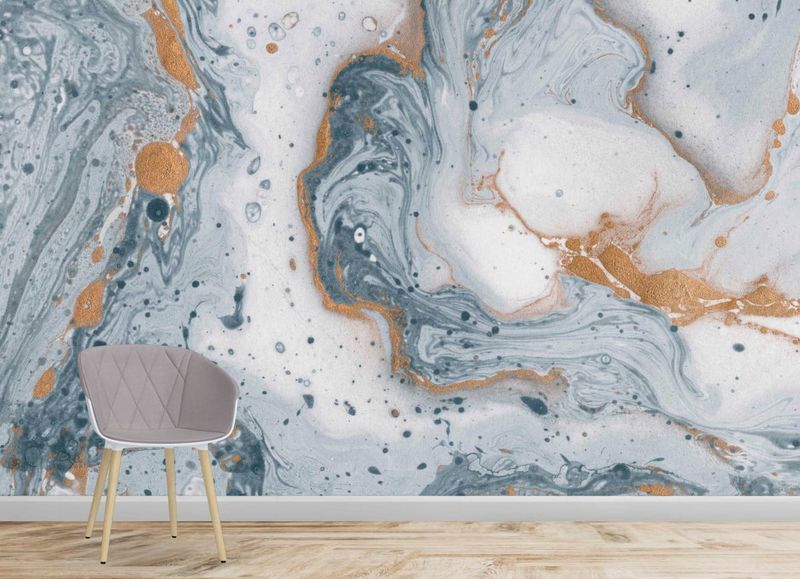
Amateur attempts at Venetian plaster and faux marble created surfaces resembling skin diseases rather than luxury materials. These DIY disasters peaked in the early 2000s.
Techniques requiring professional skill were attempted after watching 30-minute TV segments. The results? Walls that looked diseased rather than designed. Designers share horror stories of clients who attempted faux finishes in entire living areas.
18. Overly Themed Rooms
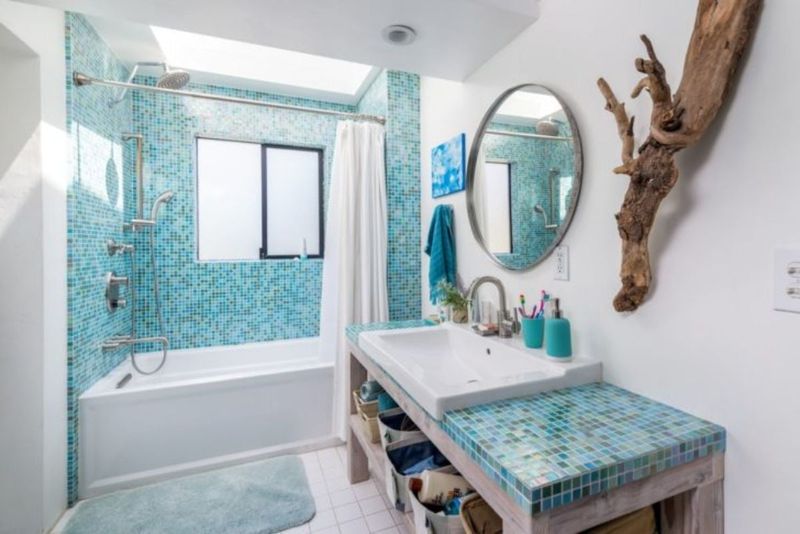
Nautical bathrooms with fishing nets and seashells everywhere. Tuscan kitchens drowning in artificial grape vines. Egyptian bedrooms complete with sphinx statues.
Themed rooms became theatrical sets rather than functional spaces. Every element screamed the chosen motif, creating overwhelming environments. Designers note these spaces aged poorly and required complete overhauls once the novelty wore off.
19. Matching Furniture Sets
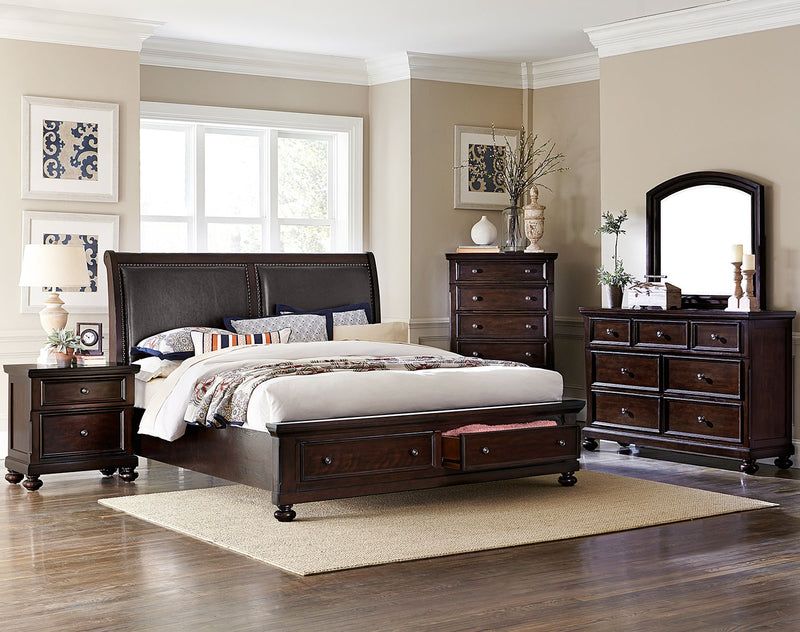
Showroom-purchased bedroom and living room collections eliminated any trace of personality or evolution. Every piece matched perfectly in color, finish, and style.
These cookie-cutter arrangements created spaces that felt like furniture showrooms rather than lived-in homes. The matching nightstands, dressers, and headboards lacked the character of thoughtfully collected pieces. Designers encourage clients to break up sets for more authentic environments.
20. Cheap Laminate Flooring

Plastic-looking planks with repeating patterns fooled absolutely no one. The hollow sound underfoot announced their artificial nature with every step.
Low-quality laminate warped with minimal moisture exposure. The shiny finish highlighted every speck of dust. Designers report clients specifically mentioning laminate flooring horror stories during initial consultations, often showing photos of bubbled or separated planks.

